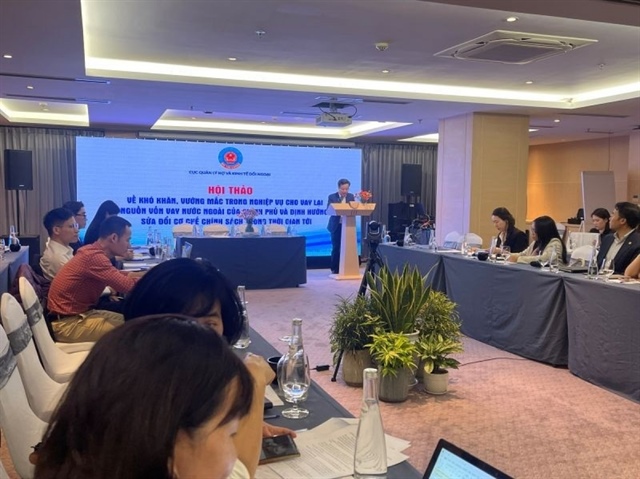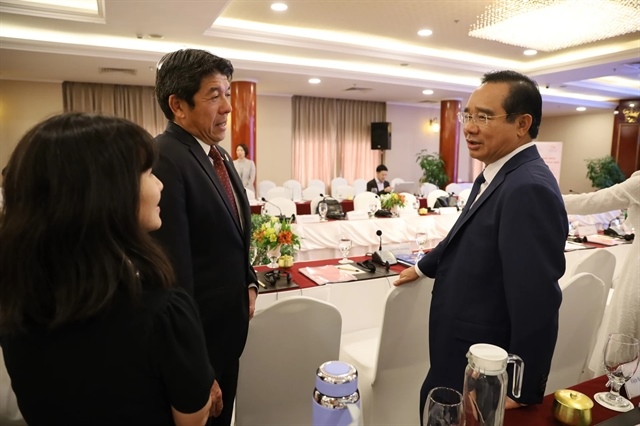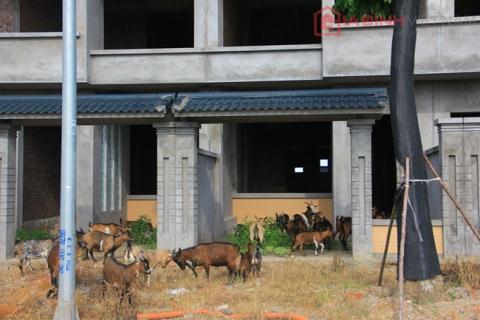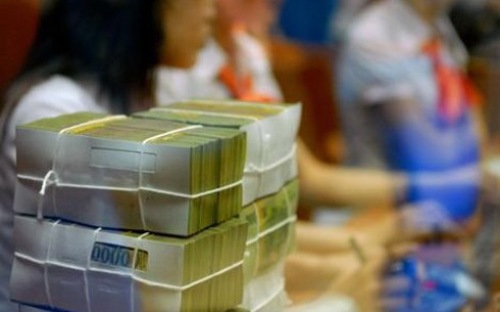Low productivity rates do not reflect level of worker diligence, ability: ILO
Low productivity rates do not reflect level of worker diligence, ability: ILO
The International Labor Organization (ILO) released a report showing that the labour productivity rate in VIetnam is the lowest in the Asia Pacific region, but it noted later that productivity rates do not necessarily reflect workers’ diligence and ability.
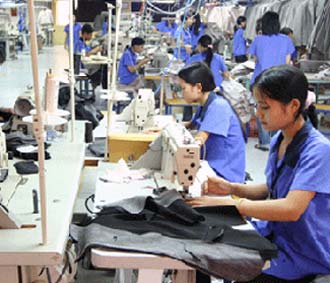
The ILO report said that the average labor productivity rate in Vietnam in 2013 was 1/15th that of Singapore’s. It was 1/5th of Malaysia’s and 2/5th of Thailand’s, the two middle-income countries in ASEAN.
The announcement by ILO sparked a debate among the public. The Deputy Minister of Labor, War Invalids and Social Affairs (MOLISA), Pham Minh Huan, said the ILO report was inaccurate and did not truly reflect Vietnamese workers’ ability.
“Vietnamese mainly work in the textile and garment sectors, and therefore, they cannot create high added value. Meanwhile, Singaporeans work in the service sector, which automatically allows them to create higher added value,” Huan said.
Malte Luebker, a high-ranking expert at ILO in Asia Pacific, said ILO defined the Vietnamese labor productivity by calculating the number of products created by a unit of workers, or created during one working hour.
However, he said the labor productivity of a nation cannot truly reflect the diligence and ability of the workers.
This is because the labor productivity of a nation depends on many factors, including the enterprises’ efficient use of labor, as well as the machines and technologies the workers use.
Therefore, he said, it would be unreasonable to say that Malaysian or Singaporean workers can create a certain product more quickly than Vietnamese during the same unit of time.
A Vietnamese labor expert also said according to the Solow growth model, labor productivity depends on three factors 1) capital density per unit of labor, 2) labor quality, and 3) total factor productivity (TFP).
The recent surveys by ILO showed that the labor productivity in the manufacturing and service sectors is much higher than in agriculture production.
In Vietnam, a large part of the labor force still works in agriculture and unofficial economic sectors, where they cannot access machines and modern technologies, which adds to the low labor productivity rate.
Meanwhile, Singaporeans have higher labor productivity because the economy is based on manufacturing and high-level services, such as finance and insurance.
Labor productivity should be seen as a function that shows the economic structure of a nation.
ILO said ASEAN countries can improve their labor productivity by utilizing modern technologies and machines in production, and by paying higher attention to the training of workers.
vietnamnet




